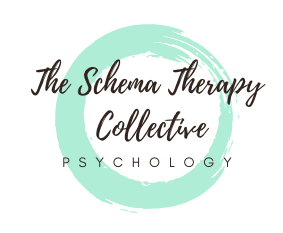Are you anxious about your relationships and fear being alone?
Do you need a lot of reassurance from your partner that they want to be with you?
Do you insist your partner text you regularly and become worried they don’t love you if they don’t respond?
Do you fear your partner won’t come back to you when they go away for a holiday or work?
Do you often feel lonely?
If so you may have the abandonment schema. If you do, you will likely believe that significant people in your life are unstable or unreliable
As defined by Jeff Young the abandonment schema “involves the sense that significant others will not be able to continue providing emotional support, connection, strength, or practical protection because they are emotionally unstable and unpredictable (e.g., angry outbursts), unreliable, or erratically present; because they will die imminently; or because they will abandon you in favor of someone better. “
Experiences like unpredictable care as a child, being left alone a lot or nobody showing you any care, can lead to the development of the abandonment schema. Or perhaps you had a parent who worked away a lot or did not stay in contact after parental separation. This schema can also occur if you lost a parent to death in your childhood.
The abandonment schema is painful when activated and can cause a lot of problems in adult relationships. This is because if you have the abandonment schema you will tend to seek out partners who activate the schema such as pairing with unavailable or non-committal partners. Also when you are in a secure relationship you can become jealous, clingy or volatile when the schema is activated. You may even set tests for your partner to test your partner’s reliability and be hypervigilant to signs of potential abandonment. This means even a loving secure partner will find your behaviours that are associated with abandonment schema difficult to tolerate.
In some cases, people managing this schema by using coping modes and avoid all relationships, only engage in casual relationships, or behave as though they do not need others. While this helps avoid the pain of the schema, it does not allow you to get your core emotional needs met.
What can you do if you have the abandonment schema?
In order to change this pattern, therapy is often necessary to help heal childhood wounds and unmet needs that you experienced as a child. In schema therapy, a combination of strategies is used to help heal the schema and build a compassionate Healthy Adult part that takes care of your vulnerable part (little you). You learn healthier ways to get little you’s need met and develop healthier thinking and behaviours in your relationships with others. For example, you will learn skills to tolerate separations from your loved ones and build confidence in your ability to be stably loved and also your ability cope with life on your own sometimes.
Reference: Young & Klosko Reinventing your life.


